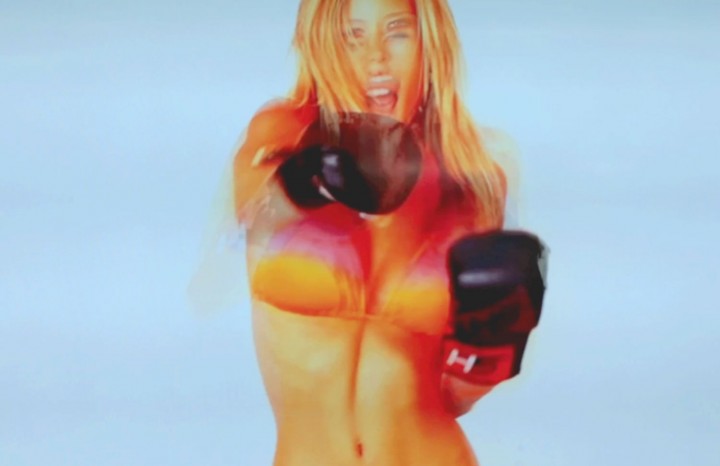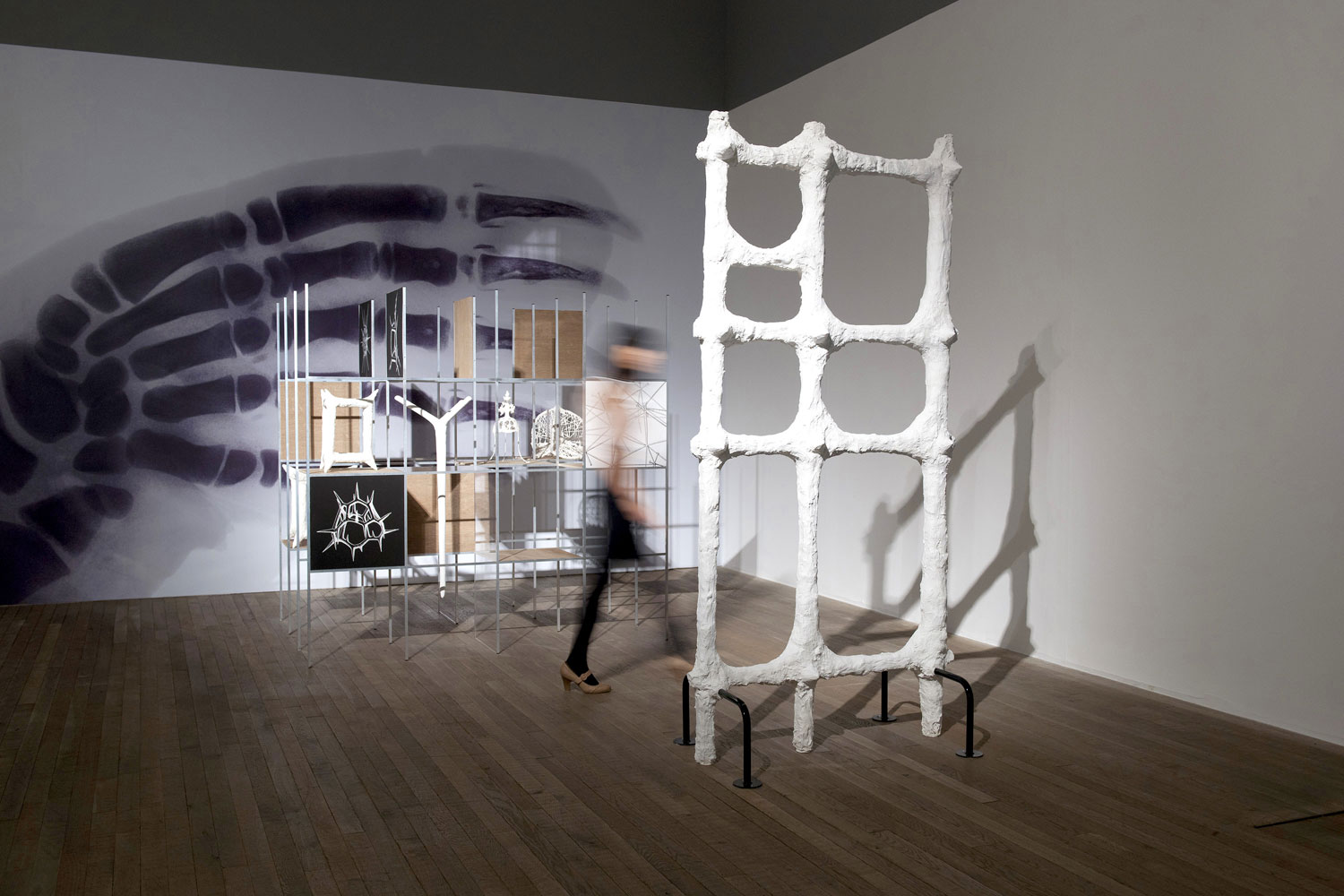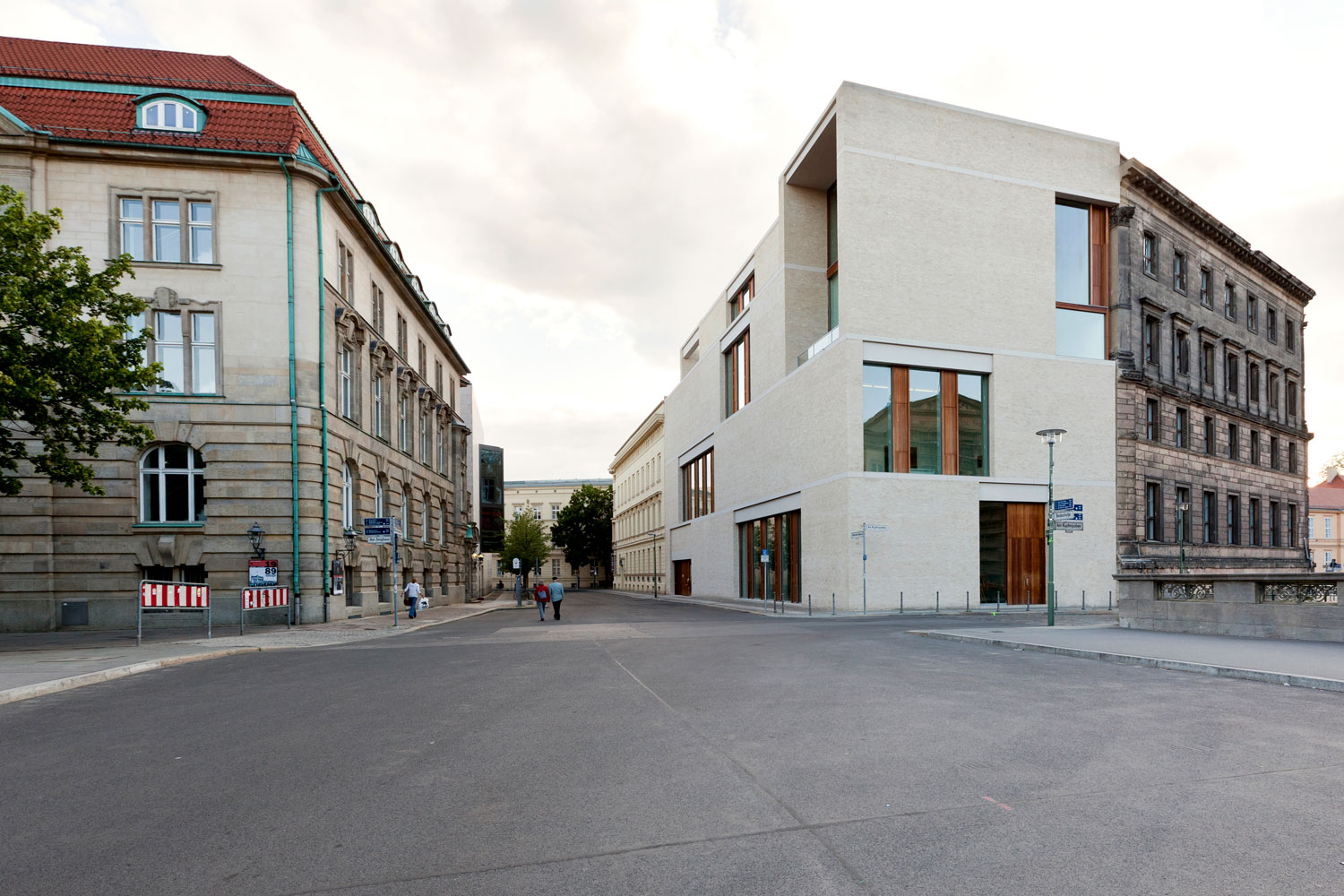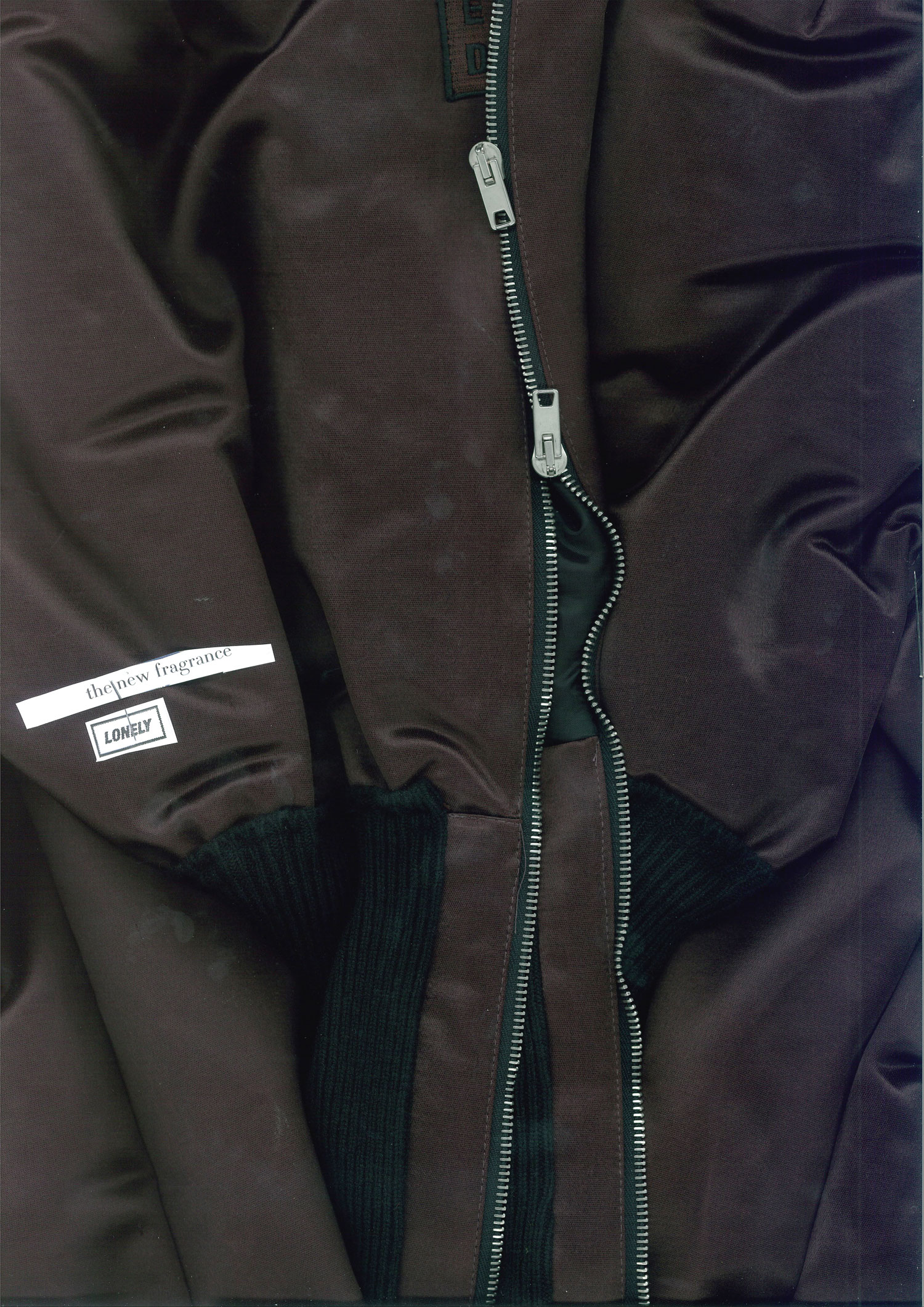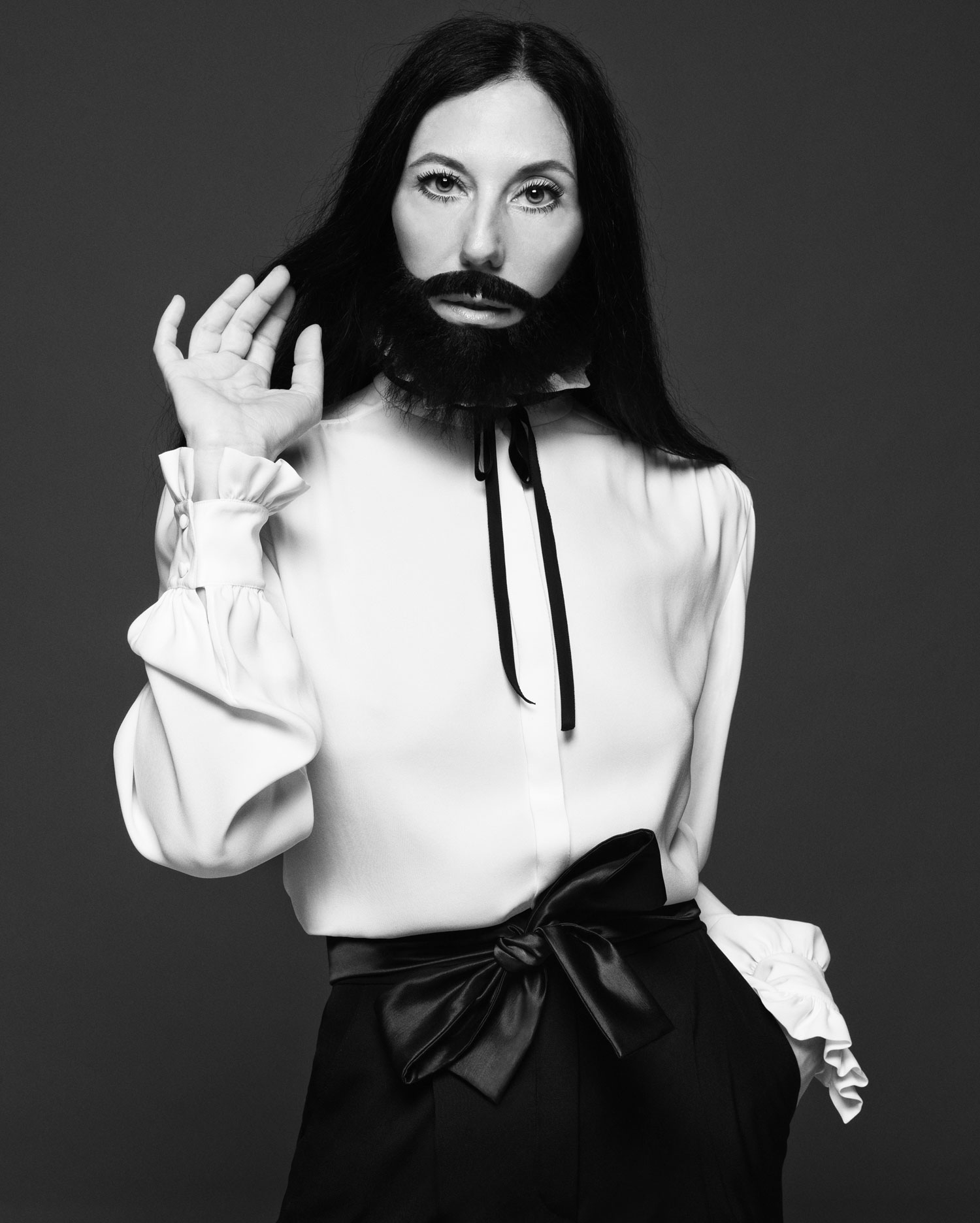Balthazar Lovay: I would like to start with what could be a silly question: Why sound? What does this medium allow you to do that others wouldn’t?
Hannah Weinberger: I love sound and love to work with sound in any mind-set and context. Sound allows me to play with unusual strategies within and at the boundaries of codified sensuality — I can work while I play. It brings me to different places and encourages me to work in-depth on different outputs. To that extent it also has an entertaining ring to it. Anyway, generally speaking, I prefer not to limit my practice to the label of “sound art.”
BL: New media, sound art… Do you care about being labeled within a genre or subgenre of art making?
HW: Actually, I don’t really care. I believe that framing artistic production in different categories just doesn’t necessarily bring artists to success or render more relevant the theoretical take on their art.
BL: Even when a subgenre becomes more stimulating than a traditional genre?
HW: I don’t intended to disregard any influential or significant subgenre in art production. If we look at cinema, for example, subcategories are clearly more interesting than the mainstream productions. Anyway, I believe it is always a question of perspective.
BL: In your solo exhibition at Fri Art, Fribourg, in November 2013, you brought together for the first time videos and soundtracks. Did you treat the visual material in the same way that you deal with sound?
HW: I tried to. Video and sound are of course two very distinct media. But concerning the context, it was interesting for me to approach the work dealing with two different kinds of materials. In a way, they always have to be complementary to each other.
BL: What is your relationship to video?
HW: Working with moving images and producing them is certainly a new task for me. It entails such a big variety of issues, ideas and moods, to the point that it has turned out to be a very wild territory in which I need to orientate myself. Moreover, it is embedded into history, and at the same time thinking about the present and the future of the medium allows you space for experimentation. For example, do you remember the video Spectrum (2009) that I presented in the exhibition “Bridges & Tunnels” at Hard Hat? That one was among my early collaborative video works: a twenty-minute video loop, which reminds one of the Spectrum screensaver: running just a colorful sequence from the screensaver’s algorithm doesn’t affect so much the perception of the visuals. In this case, a video can point out certain banal perceptional issues and at the same time play with time and moods in a specific way, which can lead to define a spatial atmosphere.

BL: I do remember this video. It was a very simple appropriation gesture. Meanwhile your practice has evolved in a more complex way.You play with sounds like they are raw materials for you to combine. Do images give you that same freedom? Do they bring you to those different places you were talking about?
HW: Working with images was a new experience for me: they certainly allowed me a new sense of freedom and made me reconceive my approach. It was a new interaction with the material, the immaterial and all the ephemeral experiences that connect to them. But it also brought me to a lot of new physical places.
BL: From 2010 to 2012, your practice has been focused on collaborative works and live performances. I think about Interdisziplinäres Konzert (2009) at the Zürich University of the Arts, or “Corso Multisala” at Kunsthal Charlottenborg or Concerto Locale (2012) at the Istituto Svizzero di Roma, in Milan, and so on. Then, starting from 2012 onward, you have conceived large exhibitions based on soundscapes in which visitors are allowed to drift among “zones” you create. Visitors can envision their own compositions. Would you say that these installations are still collaborative works where your collaborators are now the visitors?
HW: Sure. The visitors play one of the most important roles in my work; also because most of my artworks are developed according to the specificity of the site. I like to empower the visitor rather than establish rules myself. In this way, their experience of the work and within the work turns out to be a pivotal aspect of my practice.
BL: Your soundtracks evoke mental landscapes, as do your videos. Even if they are very “banal” and “ordinary” images, it seems to me that they help viewers to devise their own landscapes.
HW: I guess it is not just about layering various atmospheres and letting them develop autonomously — of course you should always pursue a specific feeling, but not necessarily a thesis of some sort or a specific outline.
BL: The titles of your first works referred to technologies, networks and digital media. Now you seem engaged in more poetic and evocative titles. For example, the title for your exhibition at Kunsthalle Basel reads “When You Leave, Walk Out Backwards, So I’ll Think You’re Walking In.” Was it addressed to the audience?
HW: Sometimes, when I decide the title of a work, I think about the work itself — the feelings it might incite, or the “subgenre” it might echo… Anyway, when I am invited to develop a project for an exhibition or a specific platform I ask myself what the work should or could bring to that context. By facing this issue in depth, I guess I end up putting trust in the visitors and ask them to make all the choices.

BL: In regard to your proposal for Frieze Sounds at the 2014 edition of Frieze New York, how do you envision the “listeners” and their relationship to the context? According to what you told me about the project, I think of it in terms of a quadriptych that involves your sounds, the listener, cars and the city.
HW: The work is titled Hey (2014) and is conceived as a soundtrack for Frieze New York. The beat is based on my unborn baby’s heartbeat: on one hand it tries to keep up with the velocity of New York City’s tempo; on the other hand it offers an interruption to the flow. Next to this recording of a miniature heart, there are other natural and unnatural sounds in the track — which are also audible in the fair’s VIP BMW cars. What is different from my previous sound works is that the “listener” somehow enters a very personal episode of mine. Shaping the main beat after my unborn baby’s heartbeat allows for a more emotional take — even if one isn’t (and actually doesn’t have to be) aware of the recording’s background.
BL: Let’s remain in the context of art fairs. Your work is represented by Freedman Fitzpatrick in Los Angeles, where you haven’t done a solo show yet, but the gallery has presented works of yours in a number of fairs, such as abc – Art Berlin Contemporary and MiArt in Milan. Parallel to that, you have shown in prestigious frameworks like the 12th Lyon Biennial, Kunsthalle Basel and the Swiss Institute in New York. I believe you belong to a generation that feels quite comfortable both in the institutional and the market contexts. How do you play with this aspect?
HW: I am not the kind of artist who would “never” produce a work for an art fair; actually I see this framework as a stimulating opportunity for my works to evolve, and so test their premises and reception and even their reputation. To put it differently, I like to work with frames — be they institutions, galleries, fairs, the urban environment, etc. — and with certain codified backgrounds and stories; and I usually prefer not to insert external factors that come from the studio, or a too intimate creative process.

BL: When you were installing the show at Fri Art, in fact, you were very aware of the context: the building’s surroundings, nature and the city — in other words, the porosity between your work and the institution. Do you see these art spaces, events, or “frames” as you call them, in terms of empty platforms with which to play or like living organisms to inhabit and render more complex?
HW: I don’t like to treat spaces as empty locations; but curatorially speaking, I like to deal with them in a very pragmatic and practical way.
BL: Indeed, that specific exhibition had no title — just your name.
HW: When I think about the works I’ve done I always want that they should all stay in one house: a fictional house.
BL: A fictional house that is your house?
HW: I usually think about the house in a very abstract way and of course not too much in terms of a proper architectural space. I want to make works that are authentic without claiming for signature. So by thinking about the house, I just connect art to life. This also relates to the fact that people like to see me as a sound artist: I try to work freely, without any restrictions or parameters given by a lifestyle, a genre, a methodology or whatever can entrap my practice. Thinking about the house helps me to escape references and to keep a wide eye open for new things to come.
BL:You were involved in the program of Elaine, in Basel — an unusual off-space that was located in the courtyard of the Museum für Gegenwartskunst. Was it again a way of playing with existing frames?
HW: With this space, we gave artists (and curators as well) involved in the museum’s main program a further opportunity for acting and reacting on the inside or on the outside or in parallel to the context of the exhibited works. I guess it is always important to have these kinds of unframed spaces. Thanks to our big variety of events, I can say that we managed to create a platform in which on each occasion there was a specific grateful audience. What else can you wish for your work?

